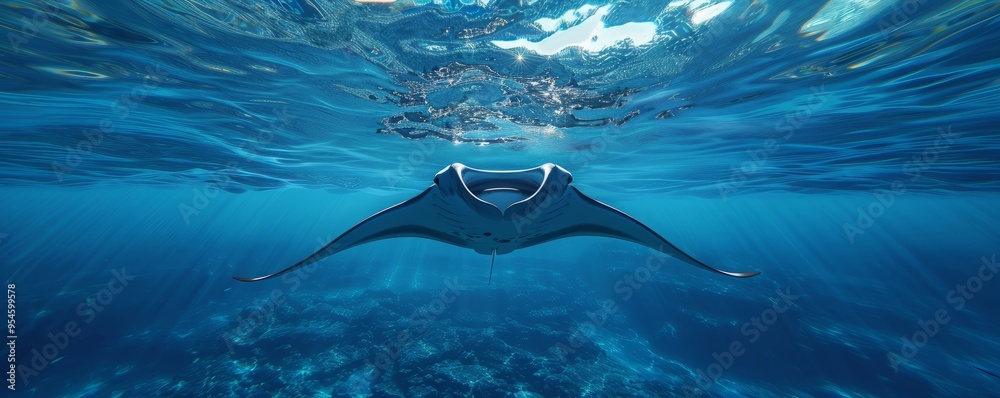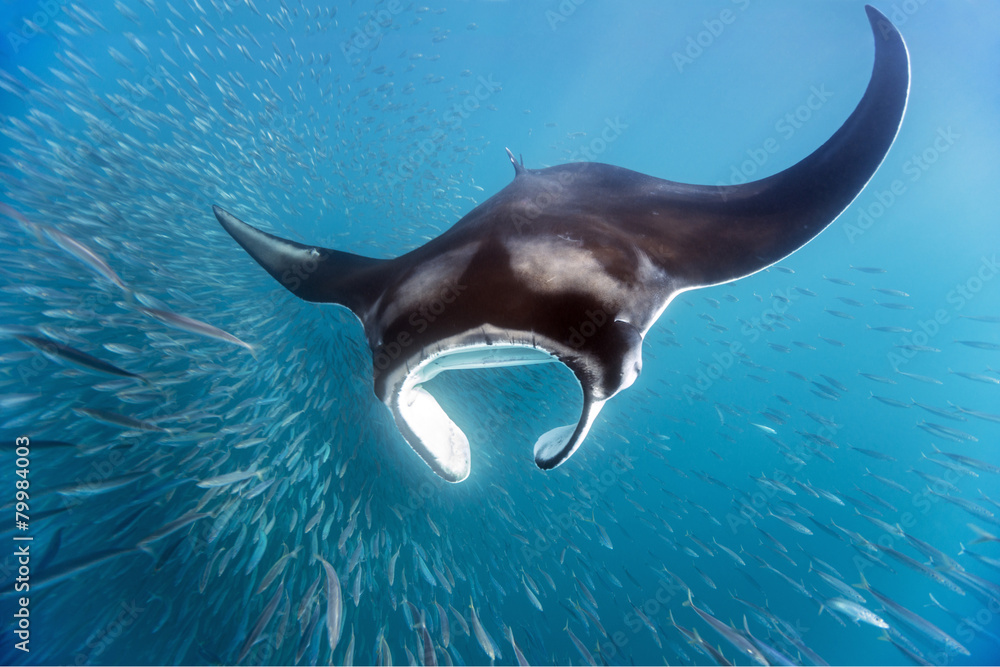Do you remember your first manta?

Do you still remember your first encounter with a manta ray? How it glides along, elegantly, gracefully and almost flying?
I still remember my first encounter very well. It was in spring 2005 on the Bay Islands in Utila (Honduras). It was a bit of a cloudy day when we had dived down. The sun came out again, then disappeared again. But a supposed cloud was dark, but relatively quickly moving … I turned upwards and then I saw the fictitious cloud fly past: a manta ray. With its wingspan, it seemed large, but elegant at the same time. A small tear rolled down my cheek and got caught in my diving mask. No matter. Overwhelming. The feeling of joy.
So, this was it, my first manta ray. Some divers wait a long time for this moment, some lucky ones like me just two years after I started diving.
And this was just one of the many moments that make my heartbeat even faster for the underwater world. Hopefully, but unexpectedly, I jumped into the water and came back with a smile on my face. Like always.
The wonder of the underwater world! Unexpected, but wonderful.
Let’s talk about manta rays a little bit more. Why are they so special, where can I find them and how do they breed?
Firstly, we can distinguish between two genera of manta rays: the reef manta and the giant manta. Both belong to the devil ray family. The manta ray differs significantly from the other devil rays in its mouth; it is very wide, and terminal and the upper jaw is toothed, in contrast to the other devil rays where both jaws have teeth.
Before we go into the characteristics of the two manta rays, a few facts:
Text: Nina Lyner

